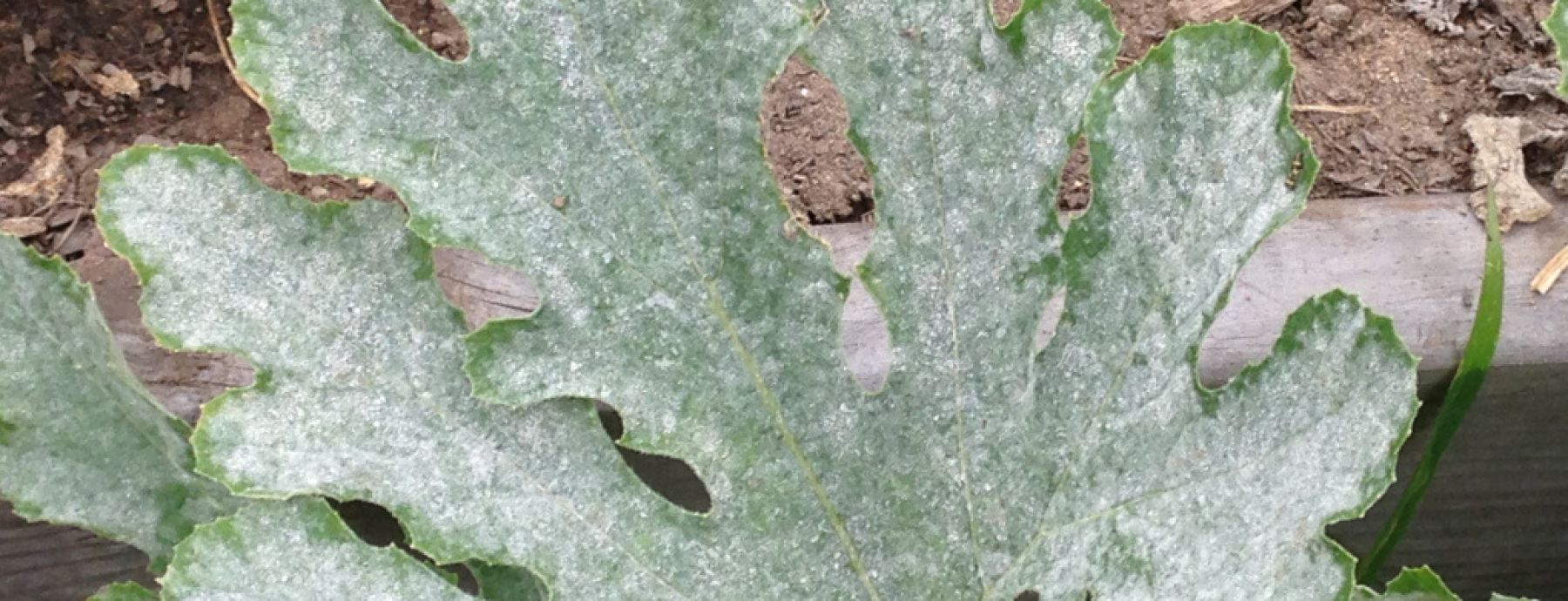Parasite infections confer many consequences in a host species, including reduced reproduction, reduced growth, increased mortality and morbidity, and the induction of costly defenses. Yet co-infections of multiple parasite species can create unexpected dynamics, and despite the ubiquity of co-infections, little empirical research has been conducted on this topic. In particular, the indirect interactions among parasites are a new area of research, which has demonstrated that co-infections can influence parasite and host fitness, and parasite propagation in a population. Indirect infections include pre- and post- infection dynamics in which a primary parasite infection can either increase or decrease the probability of acquiring a secondary infection, or influence the severity of the secondary infection.
CIDD researchers Jacquelyn Harth, Matthew Ferrari, and Andrew Stephenson, along with Penn State Entomologist John Tooker, were able to elucidate the intriguing indirect interactions between two co-infecting parasites in a plant host. The pathosystem at their Central Pennsylvania study site consisted of a wild gourd, Cucurbita pepo ssp. texana, Zucchini yellow mosaic virus (ZYMV), and a fungus – powdery mildew (Podosphaera sp.). The team’s goal was to determine if primary infections with ZYMV influence the incidence and severity of subsequent powdery mildew infections in wild gourd populations. Specifically, they predicted that plants infected with ZYMV would have elevated production of salicylic acid (SA) thereby reducing their susceptibly to powdery mildew infections; SA is the main phytohormone mediating induced resistance to plant pathogens and therefore an increase in SA may inhibit the establishment or growth of a secondary infection.
Harth et al. used both field and greenhouse experiments to assess the effect of ZYMV infection on subsequent powdery mildew establishment and infection in wild gourd populations. They used transgenic gourds that were resistant to ZYMV yet susceptible to powdery mildew, as well as gourds susceptible to both diseases. For the field experiments, they grew wild gourds in two separate field treatments. In one field treatment they inoculated a proportion of susceptible plants with ZYMV and then allowed ZYMV and powdery mildew to spread naturally. In the other field treatment they allowed both pathogens to spread naturally and did not inoculate any plants. The researchers monitored the gourds weekly throughout the growing season and recorded ZYMV and powdery mildew symptom severity and gourd reproductive output. They performed a similar greenhouse experiment using only susceptible plants (no transgenic plants) to confirm that the interaction between ZYMV and powdery mildew was not a direct result of the transgene presence. In the greenhouse, they also assessed how ZYMV infection influenced SA concentration in leaves.
The field experiments demonstrated that the transgenic gourds effectively prohibited ZYMV infection, and that transgenic plants had significantly higher incidence of powdery mildew compared to susceptible plants. Additionally, transgenic plants also experienced significantly more severe powdery mildew symptoms than non-transgenic plants throughout the entire season. By the end of the field experiments, ZYMV resistant plants had a much higher incidence of powdery mildew, as well as more severe infections, in the virus inoculated fields than susceptible plants. Interestingly, there was no significant difference in incidence between the gourd types in control (not inoculated) fields; this suggests that the transgene does not alter the resistance to powdery mildew, but instead, infection with ZYMV impedes subsequent powdery mildew infection. The greenhouse experiments corroborated these findings, and indicated that ZYMV increased SA levels in leaves, which may account for the reduced incidence and symptom severity of powdery mildew infection in ZYMV infected plants. Finally, powdery mildew has a slight negative effect on gourd reproduction.
This research provides insights into the intricacies and mechanisms involved in co-infection dynamics. These results demonstrate interactions among parasites and have applied agriculture implications – powdery mildew is extremely harmful in cultivated squashes and pumpkins, thus understanding how to decrease incidence and severity, such as inoculation with a mild ZYMV strain, could be very beneficial.
Synopsis written by Ellen Brandell
Photo is a zucchini leaf infected with powdery mildew (Carol Quish https://uconnladybug.wordpress...)
Written By: Jacquelyn E. Harth, Matthew J. Ferrari, John F. Tooker, Andrew G. Stephenson
Paper Url: https://www.ncbi.nlm.nih.gov/pmc/articles/PMC6008421/pdf/fpls-09-00792.pdf
Journal: Frontiers in Plant Science
Paper Id: 10.3389
